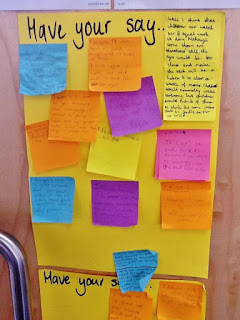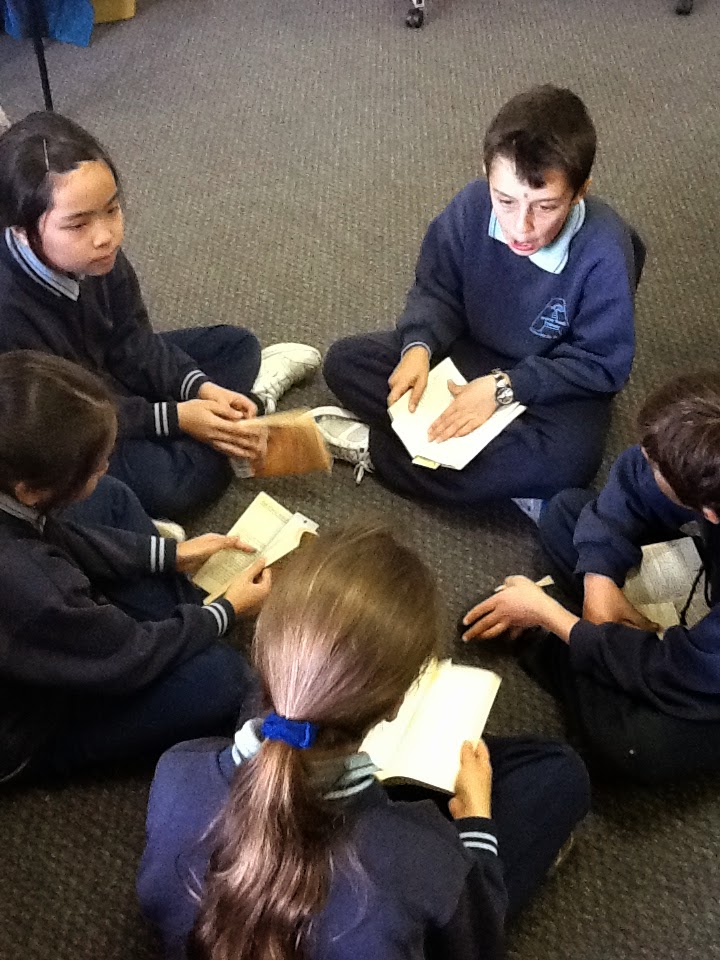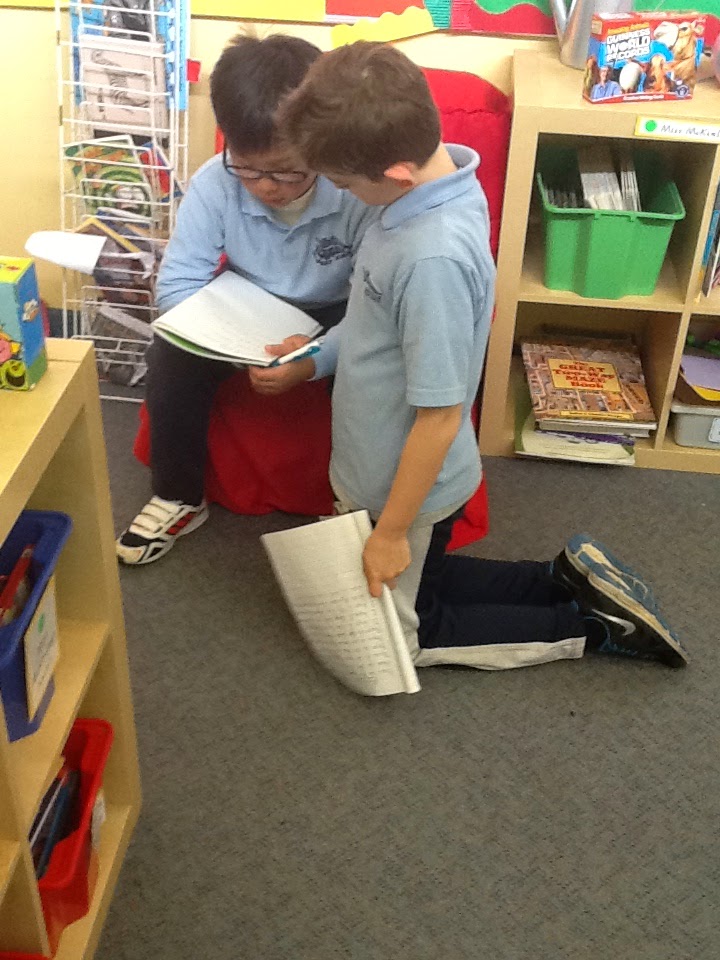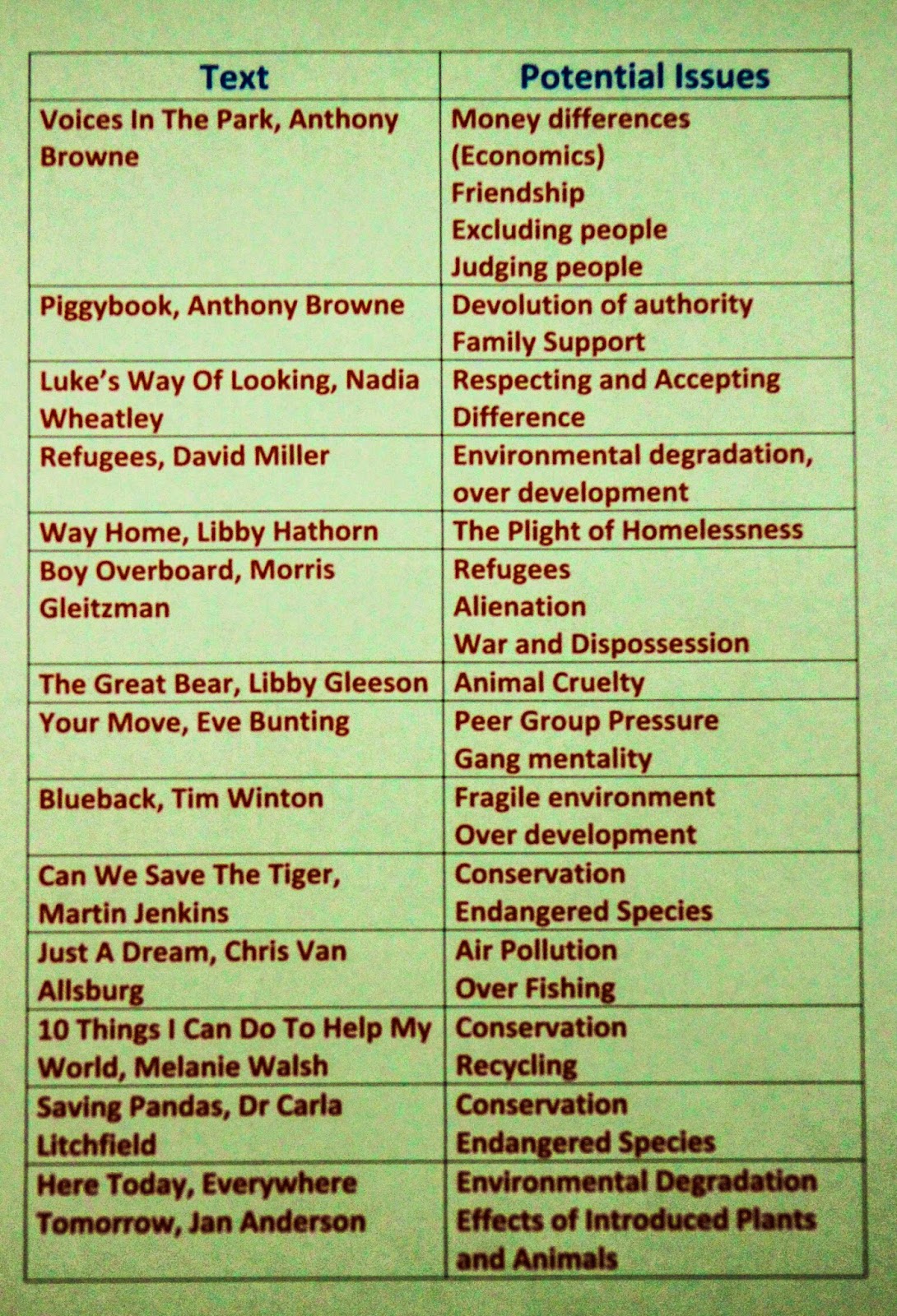Engaging Students In Authentic Persuasive Writing

When The Writing Begins... Encourage the development of a persuasive tone into ALL writing students undertake. All writers try to influence the reader. They have a purpose when they write and we must embed this understanding in the minds of young writers. The writer evokes a response, or a change in attitude from the reader and is thus fulfilled. In What Ways Do Writers Influence Us? • By warning us through their writing (fiction and non fiction) • By telling a story that brings the issue to our attention • By telling a story that has a message • By providing examples • By describing details • By begging us to change • By writing letters –public and personal • By writing about something worth preserving or protecting • By describing a scene to highlight a problem • By writing poetry • By writing about how to treat people, places, objects, treasures • By inspiring us to try new thin...




